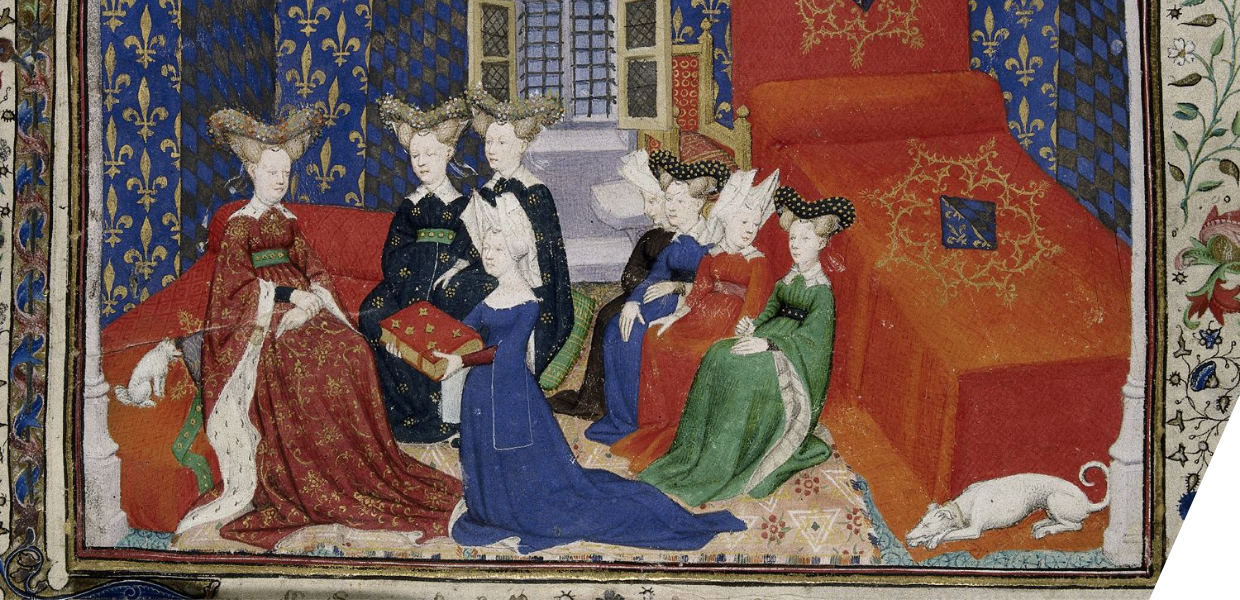Educating with medieval manuscripts
How did medieval reading culture evolve and become a fundamental aspect of European culture? This is a question which ARMA - running until August 2022 - aims to explore. The project has made around 28,000 medieval items (manuscripts, early printed books, coins and other objects) available through the Europeana website, but has also focused on education. Partners have worked directly with educators at non-formal institutions and with teachers, lecturers and students at schools and universities to co-create content around these medieval items.
The production of learning materials for primary and secondary education has been led by Hunt Museum, one of the consortium partners, with Hannah Bloom Teskey as main educator. Partners have developed games, video tutorials, learning scenarios and templates to bring children closer to the story of these medieval objects. Paloma Pucci, collaborator in this project of Bibliothèque nationale de France, was also inspired by Hunt's work, to develop an extra set of materials about coins for primary education. Find out more below.
Hunt Museum: learning calligraphy, design, ink making and reading with digital manuscripts
Over the life of the project, the Hunt Museum has developed three programmes for primary education: calligraphy, reading out loud and making ink.
Thanks to the calligraphy educational materials, primary school pupils can learn about the technique’s process and history. They have the chance to compare and contrast examples of manuscripts from Europeana’s collections, explore historical objects associated with the practice of calligraphy, and to create their own piece of calligraphy using a hand-made calligraphy pen.
Their reading out loud programme offers primary school students a greater understanding of the practice of reading aloud in medieval times, the shift towards silent reading, and how this changed our relationship with the written word. To motivate students to learn about it they will begin by playing the interactive Reading Aloud Game, suitable for any history and art lover. Try out the game below!


